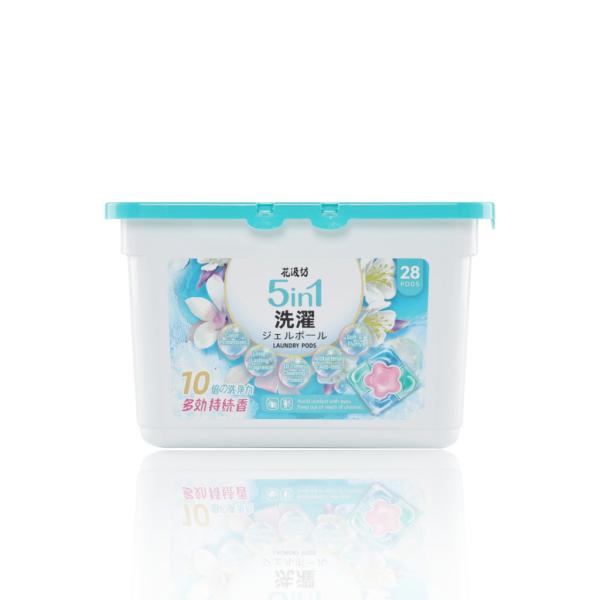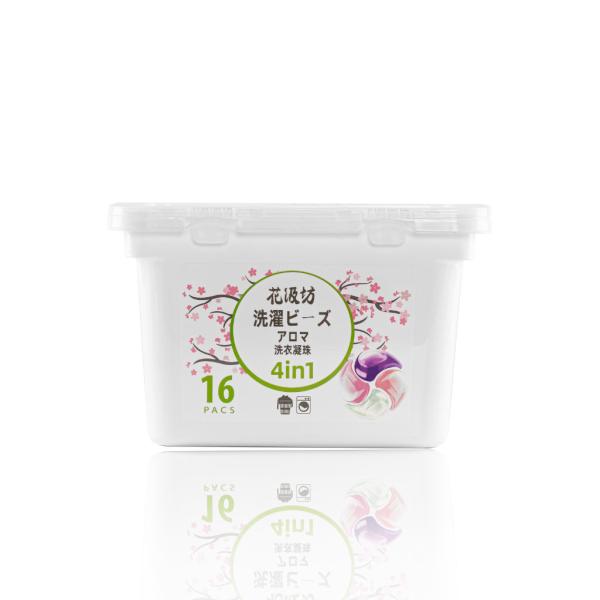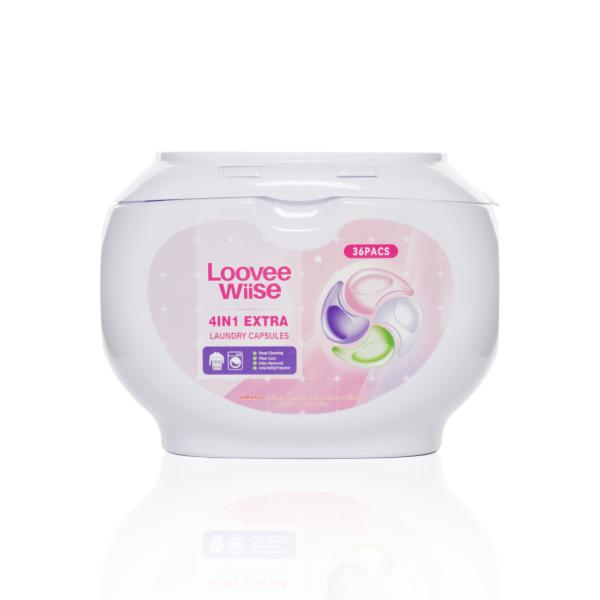Don’t Let Laundry Detergent “Ruins” Your Clothes: Most People Miscalculate This Cost
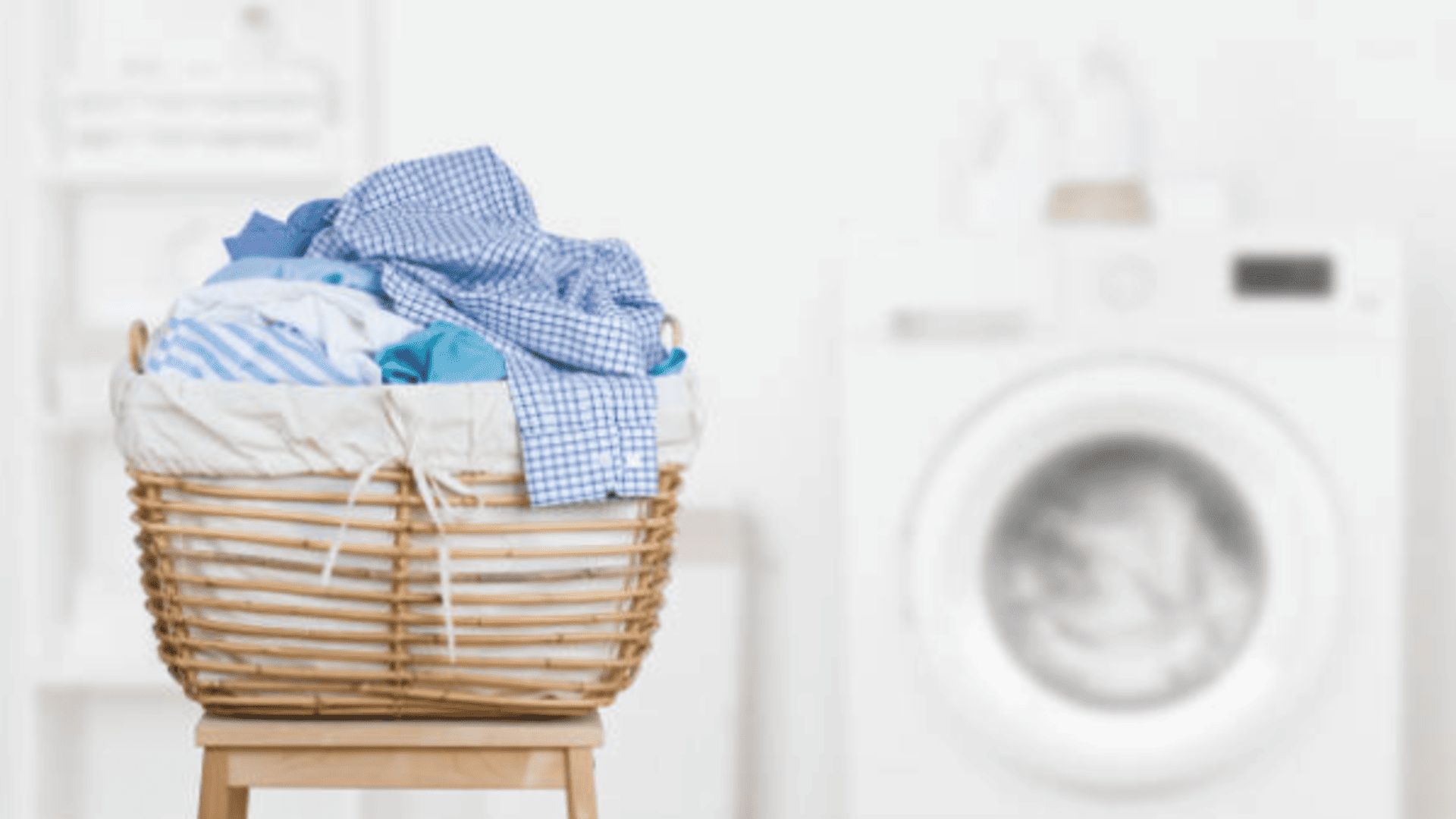
Many people have encountered this frustration: white clothes that turn yellow even though they haven't been worn many times, stubborn stains on shirt collars that are hard to remove, and finally having to reluctantly throw them away. Most people attribute this to the "natural aging" of clothes, but they overlook the key reason—low-quality laundry detergent is quietly speeding up the "retirement" of your clothes.
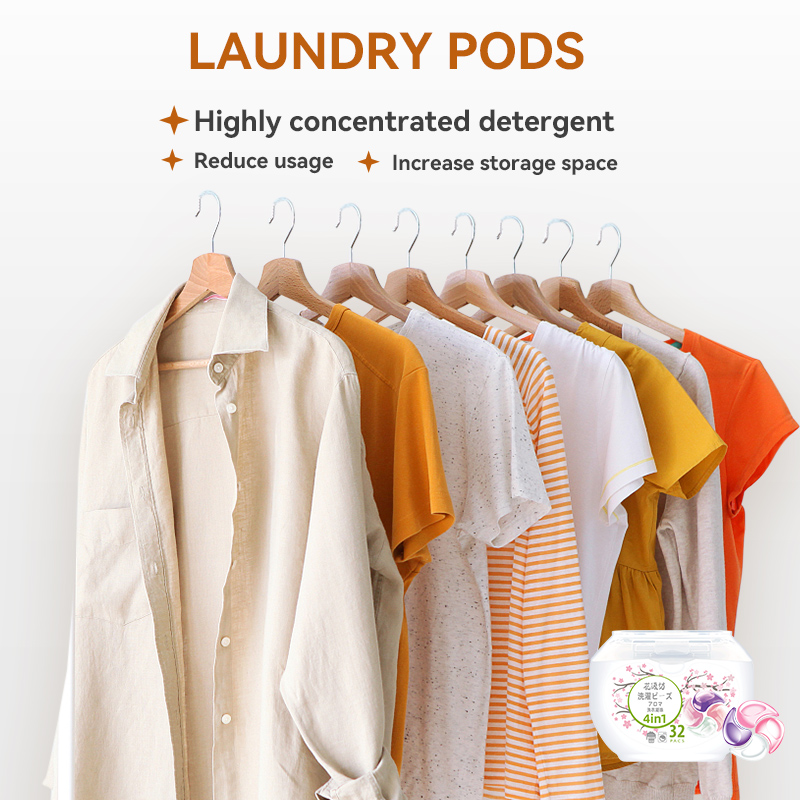
Clothes aging is never an accident. Components like proteins and fats from sweat oil and food residues, if not thoroughly cleaned, will seep into fabric fibers like "invisible dirt." Ordinary laundry detergent has a low active ingredient content (mostly less than 15%), which can only remove surface dust. Deep-seated stains, after oxidation and friction, will gradually make clothes turn yellow and stiff.
Let's do the math from an economic perspective to see the difference: A family of three usually has about 30 pieces of clothing, with a total value of approximately 15,000 yuan. Low-quality detergent may make these clothes unwearable 2 years earlier, requiring an additional 5,000 yuan to replace them. In contrast, high-quality laundry detergent only costs an extra 200-300 yuan per year, but it can extend the clothes' lifespan by several years. This is equivalent to protecting assets worth tens of thousands of yuan with a small investment.
The advantages of high-quality laundry detergent go beyond just cleaning. They mostly contain multiple natural bioenzymes, which precisely target and break down stubborn stains such as milk stains, sweat stains, and oil stains. Some even add cellulase to preserve color and prevent pilling. For example, high-end laundry care sets have an active ingredient content of over 55%, and just a few washes can significantly improve the yellowing of clothes.
Furthermore, clean clothes can enhance personal image—a crisp white shirt appears more professional and polished than a yellowed designer garment. From an environmental standpoint, wearing a piece of clothing for one more year can reduce carbon footprint by 25% and water consumption by 30%, while cutting down on textile waste. What's more, consumers' demand for high-quality products will drive enterprises to develop more advanced eco-friendly formulas, promoting the upgrading of the entire industry.
Wise consumption is not about choosing the cheapest option, but the one with the highest overall benefits. Remember: What's truly expensive is never the laundry detergent, but the clothes that are rendered unwearable early due to improper washing.


 English
English 日本語
日本語 Español
Español Русский
Русский عربي
عربي Português
Português Italiano
Italiano Français
Français 한국인
한국인 Indonesia
Indonesia